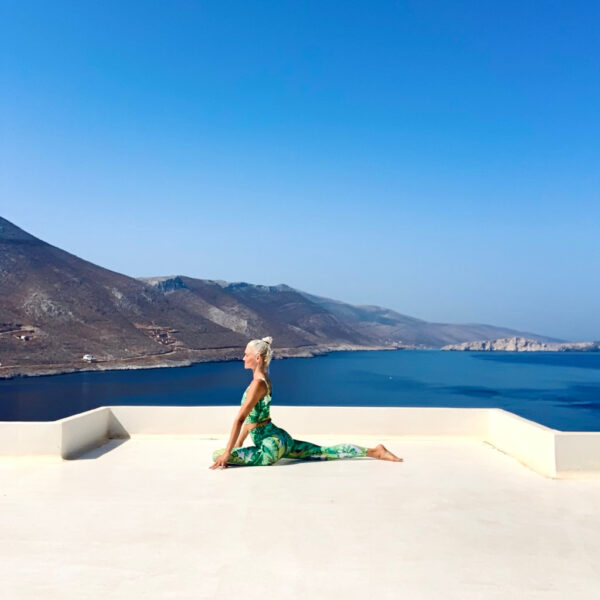Information



Yin and restorative yoga are often confused as being the same style of practice. Both practices are created to channel in the yin energy, which is the more calm, receptive and passive. They both help to calm the nervous system and bring stillness to the body and mind, holding the asana for longer, releasing resistance and tension. Although they share similarities, there are definitely differences.
Yin yoga focuses on stretching and releasing tensions from the fascial networks, ligaments and joints. This is different than a more dynamic asana practice, which often places pressure on these and develops strength of stretches actively the muscles. The main physical benefits of yin yoga are to increase flexibility & mobility by holding passive asanas for a longer duration. During a yin practice, props are often used but it is not necessary for all asanas, this applies only if the person needs extra support. This can sometimes be needed because in yin yoga, asanas are held between 1-5 minutes, depending on the posture. Although a gentle practice, it still requires effort of the physical body. The rule is to never go to that place where you feel too uncomfortable in the stretch. Come back a little bit, so that you can hold the asana for longer. If there is pressure put on the body during the asana, injury can happen. And often it can take a while before it does, but if pressure continues, with time injury will occur.
Restorative yoga focuses solely on restoration of the body and mind. During this style of practice, we also hold the asanas for a longer duration just as in yin. But restorative yoga always includes the use of props to minimise any effort of the physical body & the mind. This is the key idea behind the practice, no effort so there is a greater focus on relaxation. Therefore restorative practice does not require physical effort. It is a suitable practice for everybody, including those who have an injury, weakness in the body or experience high levels of stress and anxiety. It is always best however to check with your GP before practicing, if you have any injuries.
Here are some examples of asanas done in both practices. It’s important to remember that some restorative option can also be applied to the practice of yin yoga.

In hatha yoga, this asana is named Eka Pada Rajakapotasana or one legged pigeon pose. In yin yoga, it is known as Sleeping swan pose. This is a great hip opener, mainly targeting the hip flexors on one side and the hip extensors for the other leg (the bent knee).

Frog pose targets mainly the inner thighs and hamstrings. A bolster can be used in both practices, yin and restorative, but in the later we use more props to eliminate all physical effort.

Matsyasana opens the chest area, stretching the lungs and providing some extension to the thoracic part of the spine. A blanket can also be places under the top of the head if there is tension felt on the neck. The restorative variation can also be applied during a yin practice.

This asana is also known as bound angle pose. It is a reclined variation of the seated Baddha Konasana. This variation provides support for the spine, allowing the inner thighs to open with more ease than when being seated. The yin variation can include sand sacks or blocks placed on the top of the thighs to gently increase the opening, however nothing too heavy. Remember that we never force an asana or the stretch. In the restorative option, the blocks are placed under the knees to provide support to the opening and less effort.